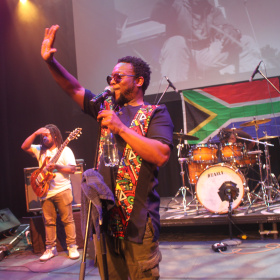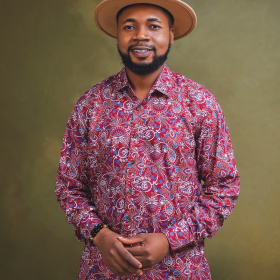David Rycroft South Africa Collection (British Library)
Bio
The David Rycroft South Africa Collection is a collection of music recordings that is only available to Higher and Further Education institutions. Made up of a total 1 431 music items, the music archive was compiled by South African-born linguist and musicologist called David Rycroft (1924-1997).He was an internationally renowned authority on Nguni (Zulu, Swati and Xhosa) languages and music. Born in Durban, South Africa, his formal studies at the University of Witwatersrand reflected his wide range of interests, including Bantu languages, social anthropology, sociology and phonetics. He then became Lecturer in Bantu Languages and African Music at the School of Oriental and African Studies, University of London (1952-1987).
He made many field trips to villages, townships and settlements around South Africa between the 1960s and 1980s. He was fascinated by the relationship between oral traditions and musical structure and this prompted him to focus on unaccompanied choral singing, songs composed for indigenous musical instruments, and urban music. The bulk of this material is previously unpublished.
In 1963-64, he conducted research in South Africa, Transkei, Swaziland, Mozambique and Zimbabwe. He made almost annual trips to South Africa well into the 1980s, developing a large archive of field recordings. Bringing the disciplines of linguistics and ethnomusicology together, he conducted pioneering research, and published and lectured extensively on the relationship between speech tone and music, leading to a number of recordings of recitation of vocabulary to ascertain tone for his Zulu and Swati dictionaries; oral traditions, especially izibongo (praise poetry).
In music, he concentrated on musical instruments, especially musical bows. His recordings of Princess Constance Magogo, mother of Chief Buthelezi, are an archive of a tradition that was already dying out in the 1960s and 1970s. Rycroft was the first to describe the use of harmonics here. His recordings of unaccompanied choral songs led to his notation of the traditional 'non-simultaneous multi-part entry' structure on a five-line stave, drawn with compasses to describe the circular nature of the music.
He was a pioneer in researching so-called “hybrid” urban music, and showing structural and aesthetic connections between guitar songs and musical bow songs.




















